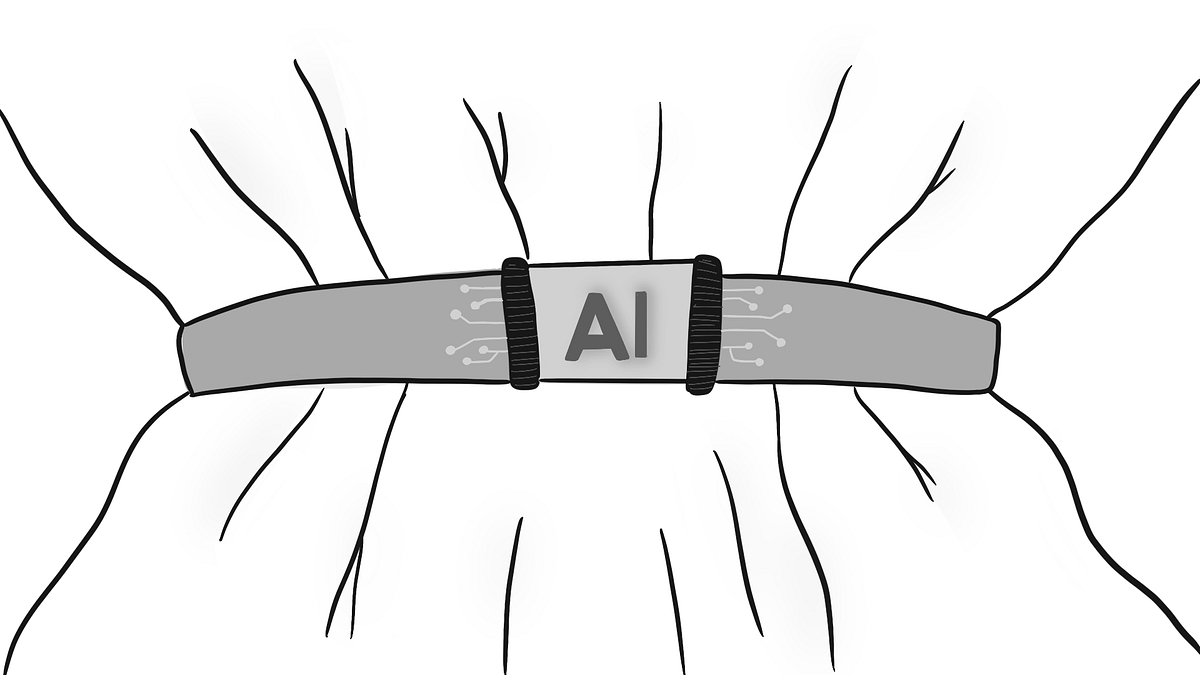Corporate Ozempic

🌈 Abstract
The article discusses how AI is reshaping business, drawing parallels between the impact of AI and the use of GLP-1 drugs for weight loss. It suggests that companies, particularly in the tech industry, are using AI to reduce their workforce while maintaining or even increasing profitability. The article argues that CEOs are reluctant to openly acknowledge the role of AI in their layoff decisions.
🙋 Q&A
[01] The Impact of AI on Business
1. What are the parallels drawn between AI and GLP-1 drugs?
- Both AI and GLP-1 drugs can suppress "cravings" - AI can reduce a company's craving for more employees, just as GLP-1 drugs can suppress a person's craving for food.
- Both can exacerbate existing inequities before generating wider prosperity.
- Both are having a greater impact than initially projected, with early adopters hesitant to admit their use.
2. How is AI impacting layoffs in the tech industry?
- Tech companies have been laying off large numbers of employees, even as their financial results remain strong.
- The article suggests this is not solely due to "pandemic hiring binges", but rather the increasing use of AI to automate and augment various tasks.
- CEOs are reluctant to openly acknowledge the role of AI in these layoffs, as it creates a challenging messaging challenge.
3. What is the broader impact of AI on jobs and the economy?
- The article suggests that while some jobs may be lost to AI, the broader story will be one of augmentation rather than replacement.
- AI will enable companies to take on new initiatives and domains without the need to hire more humans, leading to a "golden age of startups with lower infant mortality".
- However, this raises concerns about a dystopia where nobody can find work, which the article suggests AI will ultimately help to address by creating new opportunities.
[02] The Parallels between AI and GLP-1 Drugs
1. How are the impacts of AI and GLP-1 drugs similar?
- Both can suppress "cravings" - AI can reduce a company's craving for more employees, just as GLP-1 drugs can suppress a person's craving for food.
- Both can exacerbate existing inequities before generating wider prosperity.
- Both are having a greater impact than initially projected, with early adopters hesitant to admit their use.
2. What are the implications of the uneven distribution of GLP-1 drugs?
- The article notes that the region with the greatest per-capita prescriptions of GLP-1 drugs is also the thinnest, which "makes no sense ... but it does".
- This suggests that GLP-1 drugs are not yet reaching the communities that need them the most, similar to how AI may not be evenly distributed across industries and companies.
3. How does the article compare the messaging challenges around AI and GLP-1 drugs?
- The article suggests that just as people are hesitant to acknowledge their use of GLP-1 drugs, CEOs are reluctant to openly admit the role of AI in their layoff decisions.
- This creates a "messaging maze" for companies, as they try to balance the positive financial results with the need to reduce their workforce.